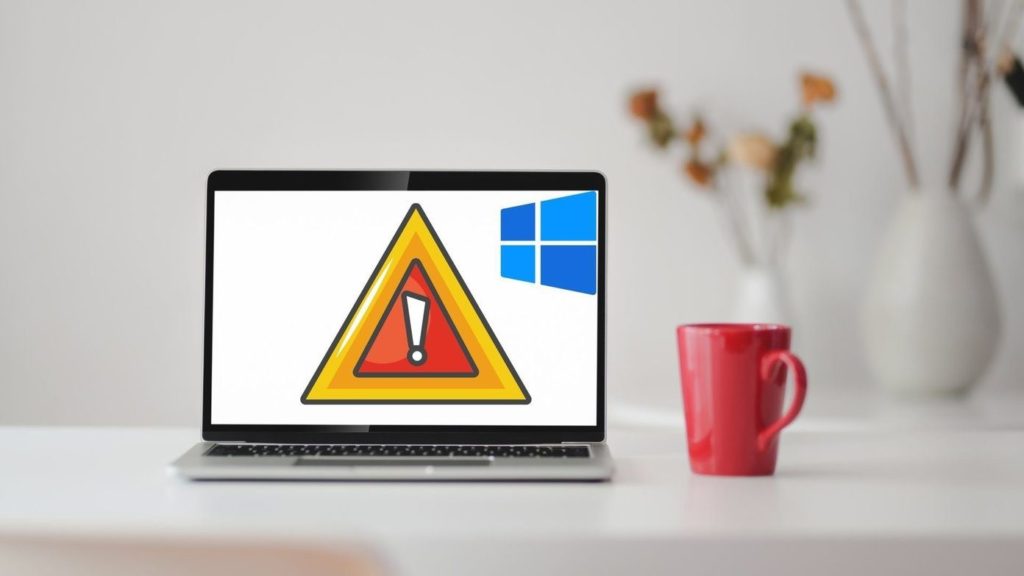The Error Code 0x8007000d is one of the most prevalent issues in the Windows Operating System. Windows is the most extensively used operating system on the planet. It gives us a far more user-friendly interface than other operating systems.
While many people prefer Windows, it isn’t all rainbows and unicorns. It might be exhausting and annoying to run into mistakes.
When we are unable to complete updates because Windows is unable to access a code module during updating, we get Error Code 0x8007000d. Because it is either missing or corrupted, the code module could not be reached. This mistake has a clear solution.

To fix this problem, we can utilize any of the options listed below:
Read Also:
Method 1: Run the Windows Troubleshooter to resolve Error Code 0x8007000D in Windows 10
To scan your system, use the Windows Update troubleshooter,
Step 1: Using the Win + Q or Win + S shortcuts, look for the Windows update troubleshooter in the search menu. If this search menu yields no results, go to Microsoft’s website, download the troubleshooter, and run it.
Step 2: Go to Control Panel >> System and Security and look for the troubleshooter option. Select the “Fix Problems with Windows Update” option from the Update Troubleshooter.
Step 3: Click the “Run as Administrator” button on the Advanced tab. Make sure the “Apply Repairs Automatically” checkbox is selected.
The troubleshooter will begin looking for problems with the system update automatically. Wait for the process to be completed patiently. If the Windows Update server is not running, you must first resolve this issue.
It generally cures the problem quickly, but if your machine still displays Error Code 0x8007000d, we have two further options for you to try.
Method 2: When installing Windows DISM should be run
The Command Prompt is one of the most useful features of the Windows operating system. If you haven’t backed up your files and are having trouble refreshing your PC every time something goes haywire, try the following:
Step 1: Search for cmd in the search bar. Run the cmd icon as administrator by right-clicking on it.
Step 2: Paste the following commands into the prompt:
DISM /Online /Cleanup-Image /CheckHealth DISM /Online /Cleanup-Image /CheckHealth
DISM /Online /Cleanup-Image /RestoreHealth DISM /Online /Cleanup-Image /RestoreHealth
The scripts above scan the current Windows Boot image and then update the boot image. Before downloading the updates, it’s a good idea to restart the computer after running the above two commands.
Method 3: Restart the computer
In some circumstances, missing files that are required for the upgrade may be difficult to replace. If none of the files that are directly crucial to your computer are missing, it is recommended that you reset your computer. This is the ideal method to use if you already have a backup with you.
If you don’t have a backup and are willing to erase all of your settings and data, follow these simple steps to refresh your computer:
Step 1: From the Start Menu’s Settings menu, select “Change PC Settings“.
Step 2: Select Recover from the Update and Recovery tab.
Step 3: Select “Refresh Your PC without Interfering with Your Files“. If you upgrade from a lower Windows version, your computer will revert to the previous version of Windows.
Step 4: Follow the instructions on the screen to Refresh Your Computer. Then you must manually update to Windows. It’s inconvenient and takes a long time, but it fixes Error Code 0x8007000d.
Read Also:
- Avast Service High CPU
- VAC Was Unable to Verify the Game Session
- 9 Best Video Editing Software for Beginners
Unless you have a slow Internet connection, rebooting your computer solves almost every problem you’ve ever had. The only reason you’re seeing these kinds of problems is that you had some third-party software or utility mucking around on your system.
The easiest option isn’t always the best solution. The most basic method is to delete all of the files while leaving the user files alone.
The solutions listed above were the most straightforward for resolving Error Code 0x8007000d on Windows during an update. While it’s usually a good idea to have backups on hand, there’s no guarantee that the system will work smoothly. No system is faultless.
Leave a Reply